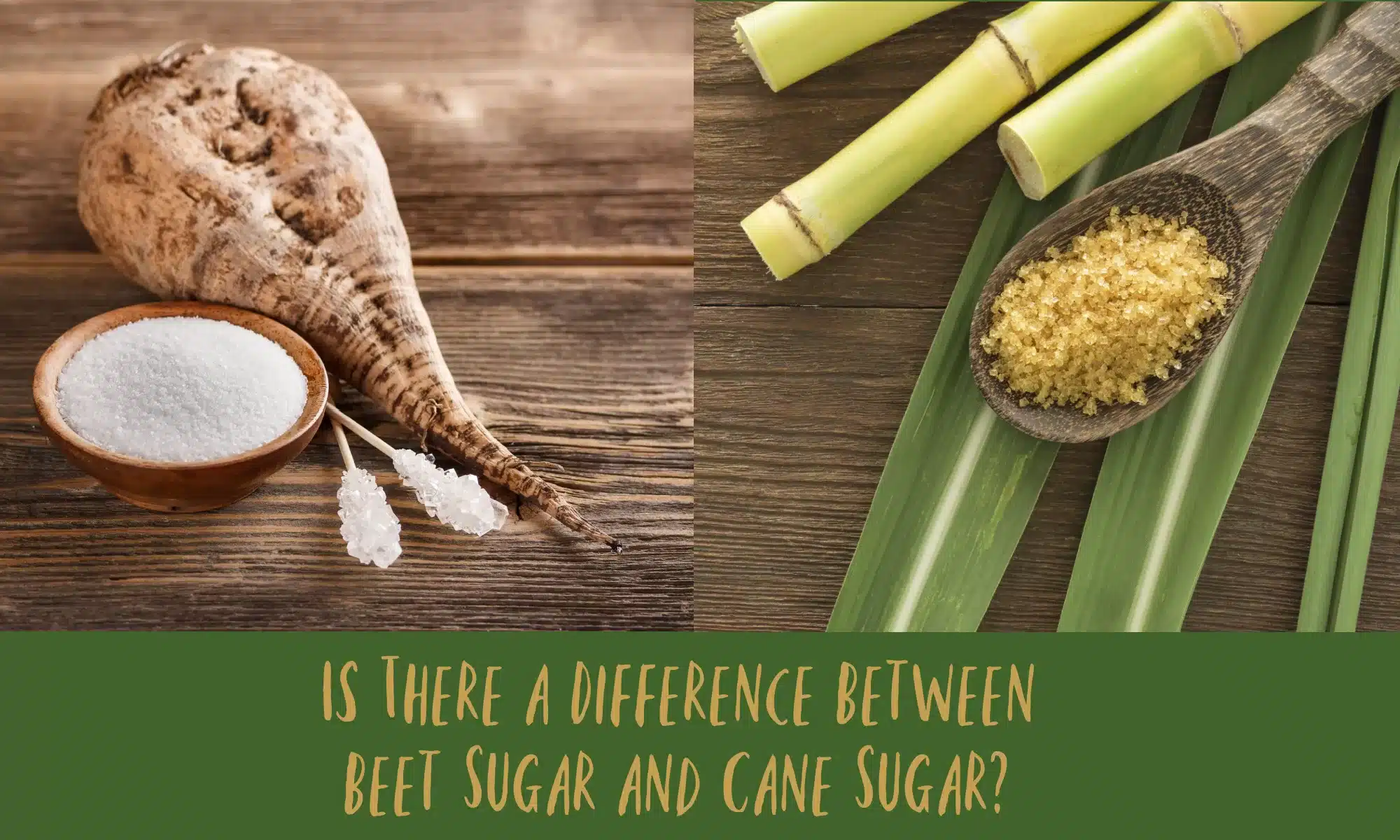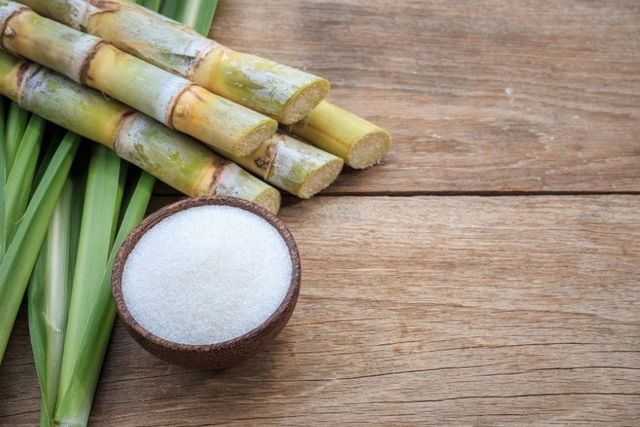Understanding Beet Sugar vs Cane: Which Is the More Sustainable Choice?
Checking Out Beetroot Sugar Vs Cane: Nutritional Perks and Culinary Uses
The contrast between beetroot sugar and walking cane sugar expands beyond plain preference and texture, exposing complex dietary profiles and cooking applications that merit careful evaluation. While both sugars share a common structure in sucrose, their distinctive qualities can influence not only health factors to consider but likewise the end results of various recipes. Recognizing these distinctions can aid in making informed options for both dietary requirements and culinary preferences. As we explore the nuances of these two sugars, it ends up being clear that the ramifications of their usage are more profound than one might originally assume.
Review of Beet Sugar
Although both beetroot sugar and cane sugar offer similar functions in culinary applications, beet sugar is acquired particularly from the sugar beet plant (Beta vulgaris), an origin vegetable grown in warm environments. This process begins with the harvesting of sugar beets, which are then washed, sliced, and based on removal strategies to generate sugar-rich juice (beet sugar vs cane). The juice undertakes purification and crystallization, leading to the granulated sugar generally utilized in sectors and houses
Nutritionally, beet sugar is chemically identical to walking cane sugar, both primarily being composed of sucrose. Beet sugar manufacturing has a tendency to have a reduced ecological effect, as sugar beets call for less water and can be expanded in varied agricultural conditions. Additionally, the farming of sugar beets can add to plant rotation practices, improving dirt health.
Beet sugar commonly includes trace amounts of minerals and vitamins, including calcium and potassium, although these are negligible in normal intake. In food preparation and cooking, beetroot sugar executes equivalently to its walking stick counterpart, making it a versatile sugar. Its neutral flavor account enables it to be seamlessly integrated right into different dishes without modifying the designated preference of the last item.
Introduction of Cane Sugar
Cane sugar, originated from the sugarcane plant (Saccharum officinarum), accounts for approximately 70% of international sugar production. This versatile sweetener is cultivated in subtropical and tropical regions, with significant manufacturers consisting of Brazil, India, and China. The removal process includes crushing the sugarcane stalks to launch the juice, which is then cleared up, vaporized, and taken shape to produce raw cane sugar.
Walking cane sugar is identified by its fine, white granules and is typically found in both granulated and powdered kinds. Its flavor profile is commonly explained as tidy and sweet, making it appropriate for a wide variety of culinary applications, from cooking and preparing to sweetening beverages.
Along with its culinary usages, walking stick sugar also works as a preservative in jellies and jams, in addition to a fermentation representative in the production of liquors. The sugar is typically refined into different items, including molasses, brown sugar, and liquid sugar, each offering one-of-a-kind attributes that can improve different recipes. On the whole, walking cane sugar stays a staple active ingredient in kitchen areas around the globe, underscoring its significance in both cooking practices and contemporary gastronomy.
Nutritional Contrast
When comparing beet sugar and walking stick sugar, it is necessary to evaluate their nutritional accounts to comprehend their effects on wellness. Both kinds of sugar are mainly made up of sucrose, which is a disaccharide made up of sugar and fructose. This implies that, in regards to calorie web content, they are nearly the same, offering approximately 16 calories per teaspoon.
However, there are subtle differences in their handling and mineral material. Beetroot sugar is often refined utilizing bone char, which may not be appropriate for vegetarians and vegans, while cane sugar can be much more straight refined. In terms of trace element, walking cane sugar may preserve a little a lot more magnesium, calcium, and potassium due to less extensive processing, though these quantities are negligible compared to day-to-day recommended intakes.
In addition, both sugars add to the exact same health dangers when consumed in extreme quantities, such as weight problems, kind 2 diabetes mellitus, and oral concerns. Ultimately, the option between beetroot and walking stick sugar may pivot extra on individual choice or nutritional constraints as opposed to significant differences in dietary worth. Recognizing these subtleties can help consumers in making notified dietary selections.

Culinary Utilizes of Beet Sugar
Beetroot sugar, a functional sweetener stemmed from sugar beets, discovers countless applications in culinary practices - beet sugar vs cane. Its improved crystals liquify quickly, making it an optimal ingredient for cooking, cooking, and beverage prep work. In the realm of baking, beet sugar adds to moisture retention and browning, enhancing the structure and taste of cookies, breads, and cakes
Moreover, its neutral flavor profile enables it to mix flawlessly into numerous recipes without overpowering various other active ingredients, making it suitable for both pleasant and savory dishes. Beetroot sugar can likewise be used in marinates, dressings, and sauces, where it stabilizes level of acidity and enriches the overall taste.
In drinks, beetroot sugar is generally made use of to sweeten tea, coffee, and mixed drinks, providing a constant sweetness that matches diverse taste accounts (beet sugar vs cane). Furthermore, it acts as a preservative in jams and jellies, making certain a secure item with enhanced life span
Culinary Use Cane Sugar
Sweet taste is an essential element of numerous culinary productions, and walking cane sugar plays a crucial function in achieving that equilibrium. Its one-of-a-kind chemical go to these guys structure enables it to dissolve quickly, making it ideal for a range of applications, from baking to beverages. Walking cane sugar boosts tastes in desserts, giving the sweet taste vital for cookies, cakes, and pastries. It not just adds to a knockout post taste however additionally influences structure; for instance, it helps in dampness retention, causing softer baked products.
In full-flavored dishes, walking cane sugar can stabilize acidity and bitterness, enhancing the total flavor profile. It is frequently made use of in sauces and sauces, where it helps to produce an unified mix of sweet, salted, and umami notes. Additionally, walking stick sugar is a key ingredient in maintaining fruits, as it acts as a natural preservative, preventing microbial growth.
In beverages, walking cane sugar is usually preferred for sweetening cocktails, sodas, and teas, allowing for a tidy, pure sweet taste. Its versatility makes it a staple in both home kitchens and professional culinary settings, showcasing its value in achieving cooking quality.
Conclusion

The comparison in between beet sugar and cane sugar extends past mere preference and structure, disclosing detailed dietary profiles and cooking applications that merit cautious assessment.Although both beetroot sugar and walking stick sugar serve similar features in cooking applications, beet sugar is derived particularly from the sugar beet plant (Beta vulgaris), an origin veggie cultivated in warm climates. Beetroot sugar manufacturing tends to have a reduced environmental impact, as sugar beetroots require less water and can be expanded Learn More in diverse farming conditions. The sugar is usually refined into numerous items, including molasses, brownish sugar, and liquid sugar, each offering distinct attributes that can enhance different dishes.Beetroot sugar, a versatile sugar acquired from sugar beets, finds various applications in cooking methods.